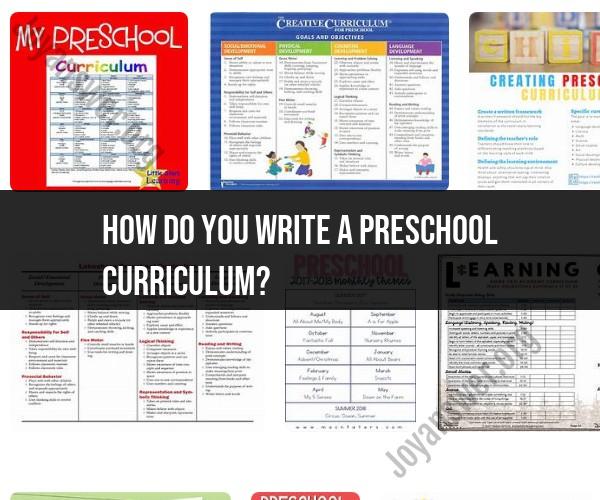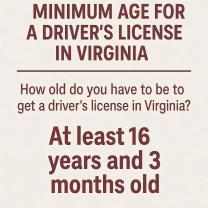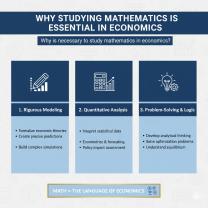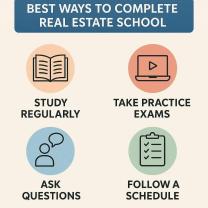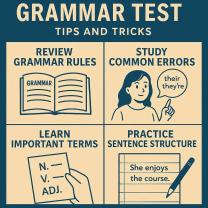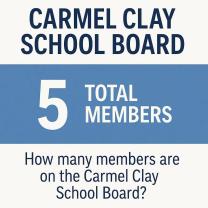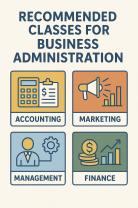How do you write a preschool curriculum?
Writing an effective preschool curriculum involves careful planning, consideration of developmental needs, and alignment with educational goals. Here are the steps and considerations for creating a preschool curriculum:
1. Define Educational Goals and Objectives:
- Determine the learning outcomes and objectives you want to achieve through the curriculum. Consider what skills, knowledge, and values you want preschoolers to acquire.
2. Understand Developmental Stages:
- Familiarize yourself with the developmental stages of preschool-aged children (typically 3 to 5 years old). Understand their cognitive, social, emotional, and physical development needs and capabilities.
3. Choose a Curriculum Approach:
- Select a curriculum approach that aligns with your educational philosophy and goals. Common approaches include play-based, Montessori, Reggio Emilia, and thematic curricula.
4. Plan a Scope and Sequence:
- Outline the scope and sequence of the curriculum. Define the topics, themes, or units you will cover throughout the preschool year. Ensure a logical progression of skills and concepts.
5. Create Learning Objectives for Each Unit:
- For each unit or theme, write clear and specific learning objectives that specify what children should know or be able to do by the end of the unit.
6. Choose Developmentally Appropriate Activities:
- Select age-appropriate and engaging activities that align with the learning objectives. Activities should cater to various learning styles and abilities.
7. Incorporate Play-Based Learning:
- Preschoolers learn through play. Integrate play-based activities that allow children to explore, experiment, and discover concepts on their own.
8. Include a Variety of Learning Experiences:
- Include a mix of activities such as art and craft projects, storytelling, music and movement, outdoor play, and hands-on experiments to keep children engaged and interested.
9. Consider Multisensory Learning:
- Incorporate activities that engage multiple senses (sight, sound, touch, taste, and smell) to enhance learning experiences.
10. Provide Materials and Resources:- Ensure you have the necessary materials, resources, and props for each activity. This includes art supplies, books, educational toys, and equipment.
11. Promote Social and Emotional Development:- Include activities that foster social skills, emotional regulation, and conflict resolution. Encourage cooperative play and group interactions.
12. Individualize Instruction:- Recognize that each child is unique. Adapt activities to meet the diverse needs and abilities of children in your preschool class.
13. Assess Progress:- Develop assessment tools or methods to evaluate children's progress and understanding of the curriculum's objectives. Keep records of their achievements.
14. Reflect and Revise:- Regularly review the effectiveness of your curriculum. Gather feedback from educators, parents, and children. Make adjustments and improvements as needed.
15. Foster Parent Engagement:- Involve parents in the learning process. Share curriculum goals and activities with parents, and encourage them to support their child's learning at home.
16. Stay Informed and Updated:- Stay current with educational research and best practices in early childhood education. Continuously seek opportunities for professional development.
17. Flexibility and Adaptation:- Be flexible and open to adapting your curriculum based on the evolving needs and interests of the children in your care.
Writing a preschool curriculum requires thoughtful planning and flexibility to meet the needs of young learners. By considering developmental stages, learning objectives, and engaging activities, you can create a curriculum that provides a rich and meaningful educational experience for preschoolers.
Crafting an Effective Preschool Curriculum: Step-by-Step Guide
Here is a step-by-step guide to crafting an effective preschool curriculum:
- Define your goals and objectives. What do you want your students to achieve by the end of the preschool year? What skills and knowledge do you want them to develop?
- Identify your target audience. Who are your students? What are their interests and needs?
- Choose a curriculum model. There are many different preschool curriculum models available. Choose a model that aligns with your goals and objectives and that is appropriate for your students.
- Develop your lessons. When developing your lessons, be sure to incorporate a variety of activities and materials to keep your students engaged. Be sure to also include lessons that address all areas of child development, including cognitive, social, emotional, and physical development.
- Assess your students' progress. It is important to assess your students' progress regularly to ensure that they are learning and developing as expected. You can use a variety of assessment methods, such as observations, portfolios, and standardized tests.
- Make adjustments as needed. Based on your assessments, you may need to make adjustments to your curriculum. For example, you may need to provide more support for certain students or to introduce more challenging activities for other students.
Building a Preschool Curriculum: How to Create an Engaging Program
Here are some tips for building a preschool curriculum that is engaging and effective:
- Make it relevant. Make sure your curriculum is relevant to your students' lives and interests. This will help them to stay engaged and motivated.
- Make it hands-on. Preschoolers learn best by doing. Provide them with opportunities to explore and experiment with different materials and activities.
- Make it play-based. Play is essential for preschoolers' development. Incorporate play into your curriculum whenever possible.
- Make it fun. Preschoolers should enjoy learning. Make sure your curriculum includes activities that are fun and engaging.
- Make it flexible. Be prepared to make adjustments to your curriculum as needed. Your students' needs and interests may change over time.
Educational Foundations: The Importance of a Thoughtful Preschool Curriculum
A thoughtful preschool curriculum is important for a number of reasons. First, it provides children with a solid foundation in the early learning skills they need to succeed in kindergarten and beyond. Second, it helps children to develop their cognitive, social, emotional, and physical skills. Third, it fosters a love of learning in children.
Here are some of the benefits of a thoughtful preschool curriculum:
- Academic success: Preschoolers who attend a high-quality preschool program are more likely to succeed in kindergarten and beyond. This is because preschool programs teach children the early learning skills they need to succeed in school, such as literacy, numeracy, and problem-solving skills.
- Well-rounded development: A well-rounded preschool curriculum addresses all areas of child development, including cognitive, social, emotional, and physical development. This helps children to develop into well-rounded individuals who are ready to succeed in school and in life.
- Love of learning: A thoughtful preschool curriculum fosters a love of learning in children. Preschoolers who enjoy learning are more likely to be successful in school and in life.
If you are looking for a preschool program for your child, be sure to choose a program that has a thoughtful and effective curriculum.
